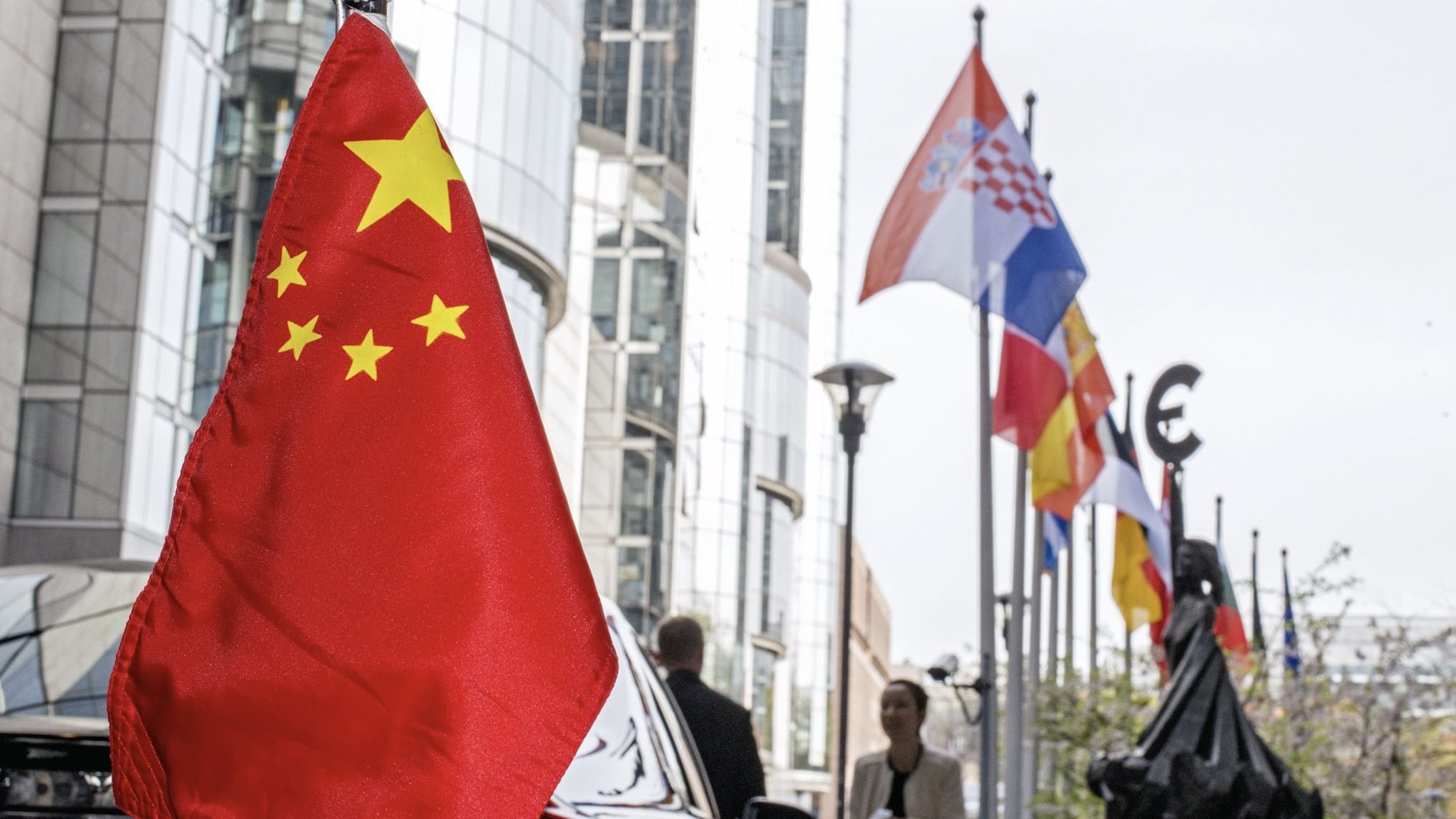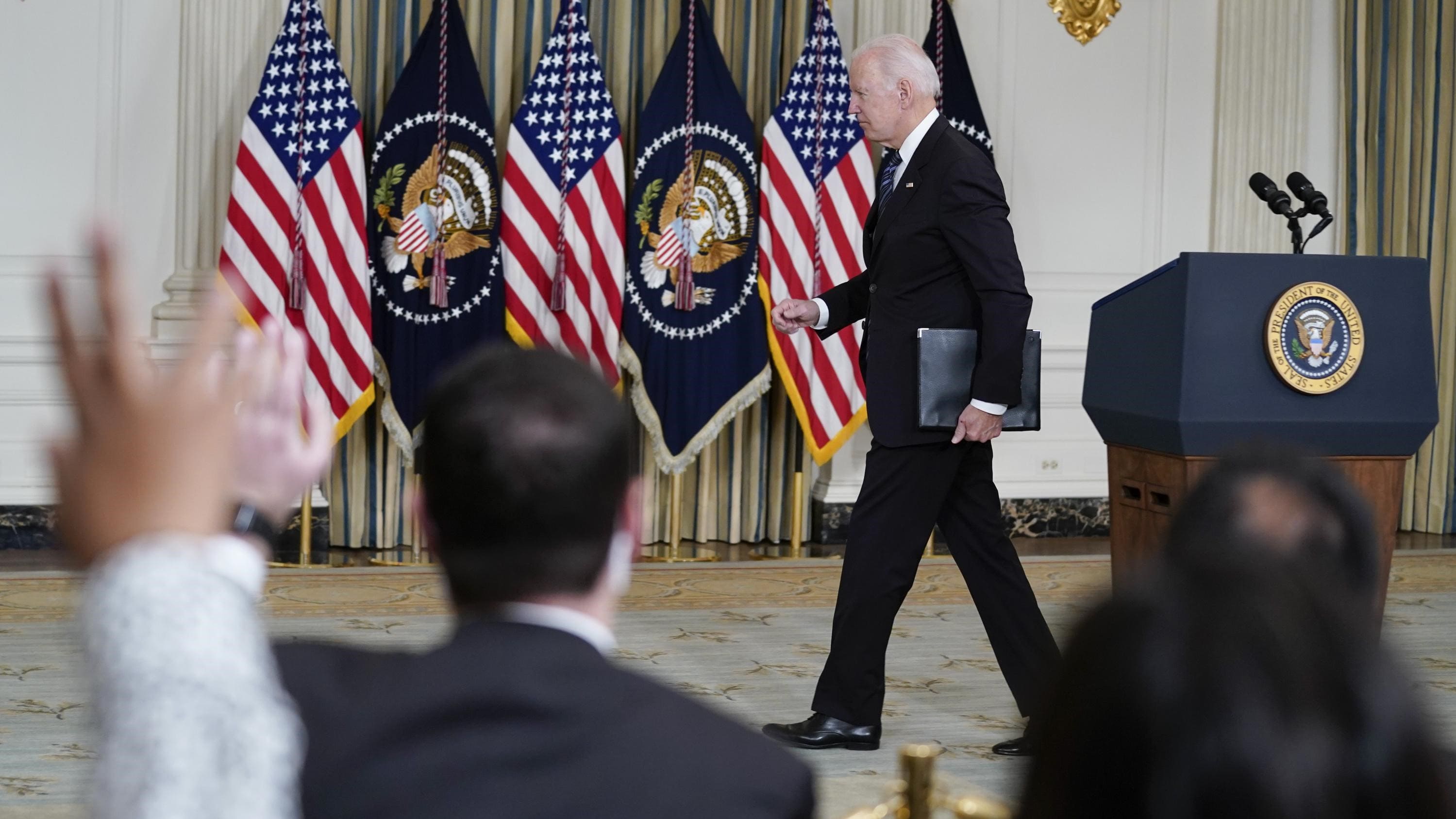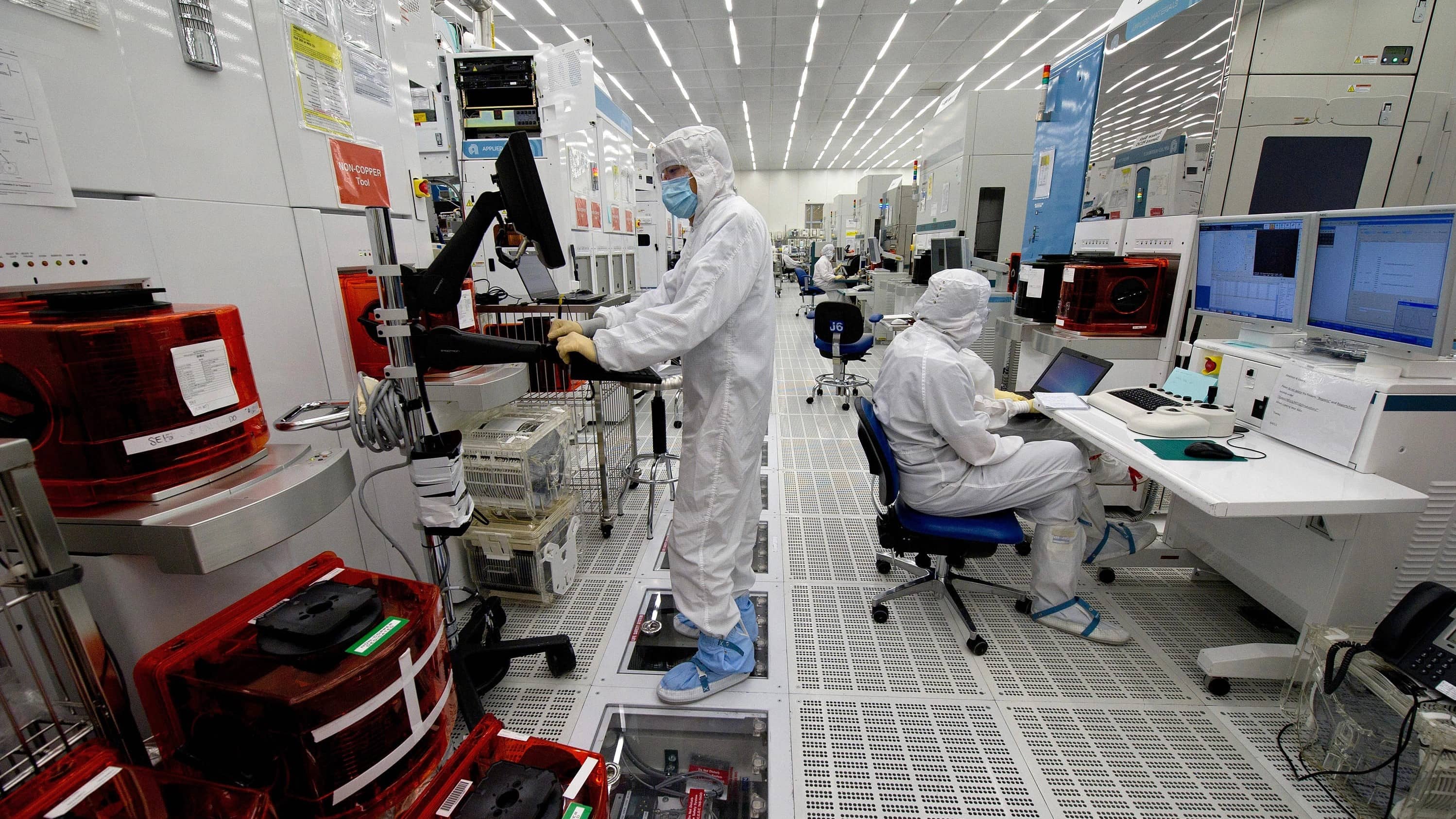President Biden came into office vowing to confront China more forcefully and professing a desire to work closely with US partners to form a “united front” on shared China concerns. This was a key point of differentiation with the previous Trump administration which sometimes seemed intent on taking a wrecking ball to longstanding US alliances. Trump had gone so far as to refer to EU trade practices as “worse than China”[1].
Repairing bruised relations with the EU and enlisting its support on common policies to push back more vigorously against China has been a top priority for the Biden administration. Results thus far have been mixed and the ultimate success of the policy remains in question.
Can the EU tilt the scales?
Focusing on the EU is a sensible recognition of the critical balancing position Europe occupies. EU policies that align more tightly with US measures to counter China would substantially strengthen the punch they pack. An EU that sits on the fence – let alone one that leans towards China – would sap effectiveness from almost any US strategy. Ironically, the most significant rivalry in the Indo-Pacific might hinge on decisions taken in Brussels.
While the US and the EU have had a close working partnership for three-quarters of a century, their interests and viewpoints are far from identical, especially on China policy
Both sides largely share concerns over China’s alleged human rights abuses and its drive to obtain technological capacities that have potentially game-changing military applications. They also share broad discomfort over China’s authoritarian system, its geopolitical worldview, and its growing propensity to flex its military muscle in the South China Sea.
But sharper distinctions between the US and the EU arise over how best to “manage” China’s rise. The EU has been more inclined to try to thread the needle: challenge China on human rights and geopolitics when needed but strive to maintain robust commercial ties and emphasize cooperation on global issues such as climate change.
US-China policy assumes a greater disruption to the trade and investment relationship, especially in technology, and anticipates a relationship increasingly defined by clashes rather than cooperation.
Divergent voices within the EU
The key question is whether the policy common ground currently shared by the US and the EU will expand or contract. There are important voices within the EU pulling in different directions.
French President Emmanuel Macron has been an emphatic voice within the EU arguing against following the more aggressive US lead, warning that such a course would reduce Europeans to American “vassals”. Macron argues for a middle path that avoids picking sides between the US and China. During a recent visit to China, Macron plainly stated: “We mustn’t decouple with China.”[2]
Ursula von der Leyen, President of the European Commission (EC), has articulated a vision more in line with the US perspective. In her estimation, the EU-China relationship has grown “more distant and more difficult”[3] as a result of “a very deliberate hardening of China's overall strategic posture” and “increasingly assertive actions”.
For now, the EU approach appears to “de-risking” – reducing dependence on China in strategic sectors - rather than the partial decoupling suggested by US policy.
The direction the EU ultimately leans will be key. Almost across the board, on issues ranging from export controls to investment reviews or the usage of Chinese telecommunications equipment in critical infrastructure, greater policy coherence between the EU and the US will enhance the effectiveness of the measures.
China’s attempt to triangulate proving tricky
The critical role played by the EU has certainly not been lost on officials in Beijing. Attempting to split the EU from the US to the maximum extent possible – triangulation - is the most sensible course for China to pursue.
China has made substantial efforts to cultivate strong bonds with Europe. Arguably, the high water market for these efforts occurred during the waning days of the Trump administration. The EU and China appeared to have reached an agreement on a Comprehensive Agreement on Investment (CAI)[4] despite urgent pleas from incoming Biden administration officials to wait until the new US administration assumed office and official input from team Biden could be provided. The US entreaties were ignored by the EU.
Achievement of the long-sought investment deal with the EU was perceived as a major coup for China and a devastating setback for the US, especially given its unsuccessful last-minute efforts to slow the train. The wheels would come off the CAI in 2021 however. Acrimonious disputes over EU sanctions in response to alleged human rights abuses in China caused the EU to pause its implementation process and the agreement remains in limbo today, presumed dead.
Russia’s invasion of Ukraine has presented a far greater impediment to China’s efforts to court EU sympathies. China has professed neutrality and has avoided condemning Russia, let alone applying sanctions. Moreover, China has indirectly helped Russia fund the war by substantially increasing imports of oil and gas, a move which has been widely interpreted in the West as a not-so-subtle tilt towards Russia.
From the EU perspective, the invasion is nothing short of cataclysmic – a direct challenge to the very founding principles upon which the European experiment is based. The prevailing view in Brussels is that unconditional condemnation and material support to help Ukraine repel Russian advances are required.
China’s position is causing the EU to fundamentally reconsider its relationship. According to EC President von der Leyen: “How China continues to interact with Putin's war will be a determining factor for EU-China relations going forward.”
The US has not helped its case
If China has not played its EU cards flawlessly, neither has the US. The Biden administration has frequently proceeded in a manner that makes it less likely that the hoped-for common front with the EU can be achieved. The EU has been rankled by what it sees as a lack of consultation and coordination from the US and an insufficient appreciation for collateral damage being inflicted on EU interests as the US conducts its strategic rivalry with China.
A case in point is the recently passed Inflation Reduction Act (IRA) which takes aim at China’s dominance in the electric vehicles (EV) sector through the provision of massive subsidies for EVs produced in the US, or in countries that have a trade agreement with the US. There is no trade agreement between the EU and the US. EU producers in this critical sector would therefore not be eligible for IRA subsidies and would find themselves competitively disadvantaged vis a vis not only US producers, but also Korean, Mexican, or Canadian producers.
It should have been blindingly obvious to US officials that the EV subsidies contained in the IRA would significantly sideswipe EU producers and precipitate a firestorm of protests from Brussels. Yet, both the White House and Congress either missed the point or deemed it to be insufficiently important. Predictably, EU officials were apoplectic upon being apprised of the IRA provisions.
In the aftermath of intense diplomatic fallout, the US is now scrambling to do damage control that could have been more effectively accomplished on a preemptive basis. An inelegant band-aid solution seems at hand, in the form of a limited agreement on critical minerals that will be generously interpreted as a “trade agreement” for the purposes of the IRA. This would largely address the EU’s concerns by making EU producers eligible for US subsidies.
Despite the likelihood of a resolution on the horizon, the entire episode is unlikely to have increased European confidence in their working relationship with the US.
Can the US and the EU get their act together?
A seamless US-EU policy on China will never happen. But the divergences in viewpoint should be manageable. Both sides recognize that we are in a new strategic era that will require a new and more guarded approach to China. Differences arise over how aggressively and to what extent China guardrails need to be put into place.
The key question moving forward is whether we’re headed towards a greater convergence or divergence in outlook. In either case, the logic in favor of working together more constructively on China policy – if for no other reason than to limit collateral damage - is overwhelming. It’s time for both sides to conduct themselves accordingly. Avoid presenting the other side with any fait accompli. More robust consultation and transparency as policies are being developed and negotiations are being conducted will go a long way. Above all, drop the internecine squabbles and stay clear of the unforced errors that are setting the relationship back.
***
[1] Trump says China cheated America on trade, but he blames US leaders for letting it happen, CNBC
[2] Macron calls for EU 'strategic autonomy', rejects decoupling from China, China Daily
[3] Europe must reassess its relations with China, says EU chief, The Guardian
[4] EU-China Comprehensive Agreement on Investment, European Commission
© The Hinrich Foundation. See our website Terms and conditions for our copyright and reprint policy. All statements of fact and the views, conclusions and recommendations expressed in this publication are the sole responsibility of the author(s).










